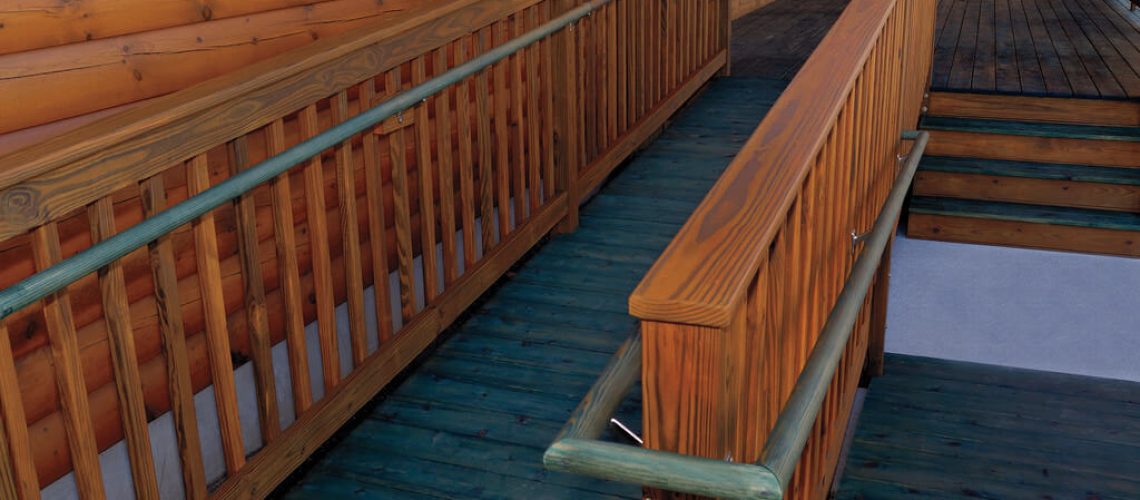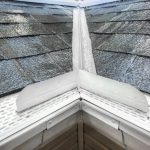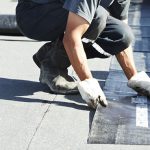The 2000 Census told us that nearly 50 million Americans have some type of disability. Of this number, 6.8 million have a condition that makes bathing, dressing, and getting around their homes especially difficult. These staggering numbers are the reason so many are looking to hire contractors to make their homes easier to live in. Even if your home is not currently lived in by someone challenged by a disability, you might want to consider the following upgrades to best suit future residents if you are looking to one day sell your home.
An Accessible Ramp
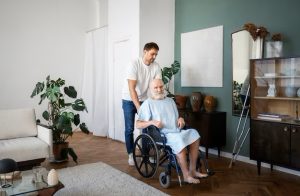
Adequate Hall Spacing
An optimally livable space for a handicapped person having doors and hallways that meet the recommendations for disability-friendly homes. A 32-inch wide opening for all hallways and doors is the recommendation. Again, entries should be no taller than one-half inch and thresholds should be round for a wheelchair to get over, but also for walkers to not trip over. The recommended width for hallways is 36 inches.
Bathrooms and Kitchens
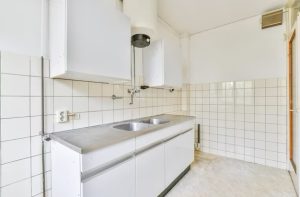
There are a number of reasons to make your home more handicap accessible; for resale purposes, to consider your own age and how you’d live in your home if you were never going to move, or even for house guests who have a different physical level of ability than you. How does your home rate on the scale of accessibility today?

